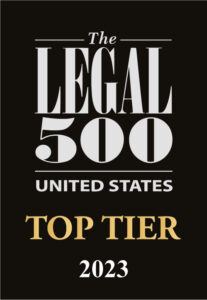Several years ago, it came to light that the Internal Revenue Service (IRS) had hired a law firm to assist with transfer pricing matters in an ongoing audit of a large corporate taxpayer. Contemporaneous with that hiring, the IRS issued temporary regulations providing that third-party contractors “may receive books, papers, records, or other data summoned by the IRS and take testimony of a person who the IRS has summoned as a witness to provide testimony under oath” and “clarifying that contractors are permitted to participate fully in a summons interview.” We previously discussed this highly controversial position here.
Congress seemingly disapproved of the IRS practice of outsourcing legal and audit services to private law firms. In 2019, it enacted Internal Revenue Code (Code) Section 7602(f) as part of the Taxpayer First Act. That provision prohibits the IRS from hiring outside contractors for purposes other than providing “expert evaluation and assistance” and specifically prohibits non-IRS employees from questioning witnesses under oath. However, no definition was provided as to the meaning “expert evaluation and assistance.”
The IRS recently finalized regulations (applicable to summonses served on after August 6, 2020) providing taxpayer-favorable guidance on the meaning of “expert evaluation and assistance.” Under the final regulations, the IRS may not engage outside legal counsel unless the attorney is hired by the IRS for expertise in (A) foreign, state or local law, (B) non-tax substantive law that is relevant to an issue in the examination, or (C) knowledge, skills or abilities other than providing legal services as an attorney (such as a translator). In addition, the final regulations prohibit IRS contractors from asking a witness (or his or her representative) to clarify an objection or assertion of privilege, as well as from asking questions to witnesses generally, when the witness is under oath.
Practice Point: The final regulations provide helpful guidance to taxpayers regarding the role that outside contractors can play in IRS audits and provide a much-needed deterrent on the IRS’s outsourcing of audits to private law firms. However, taxpayer who believe that the IRS is using outside counsel may want to request in writing a list of all third parties that the IRS contacts during the course of the examination.
read more

 Subscribe
Subscribe




